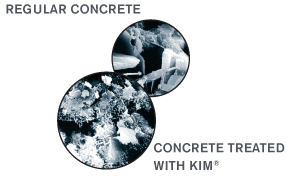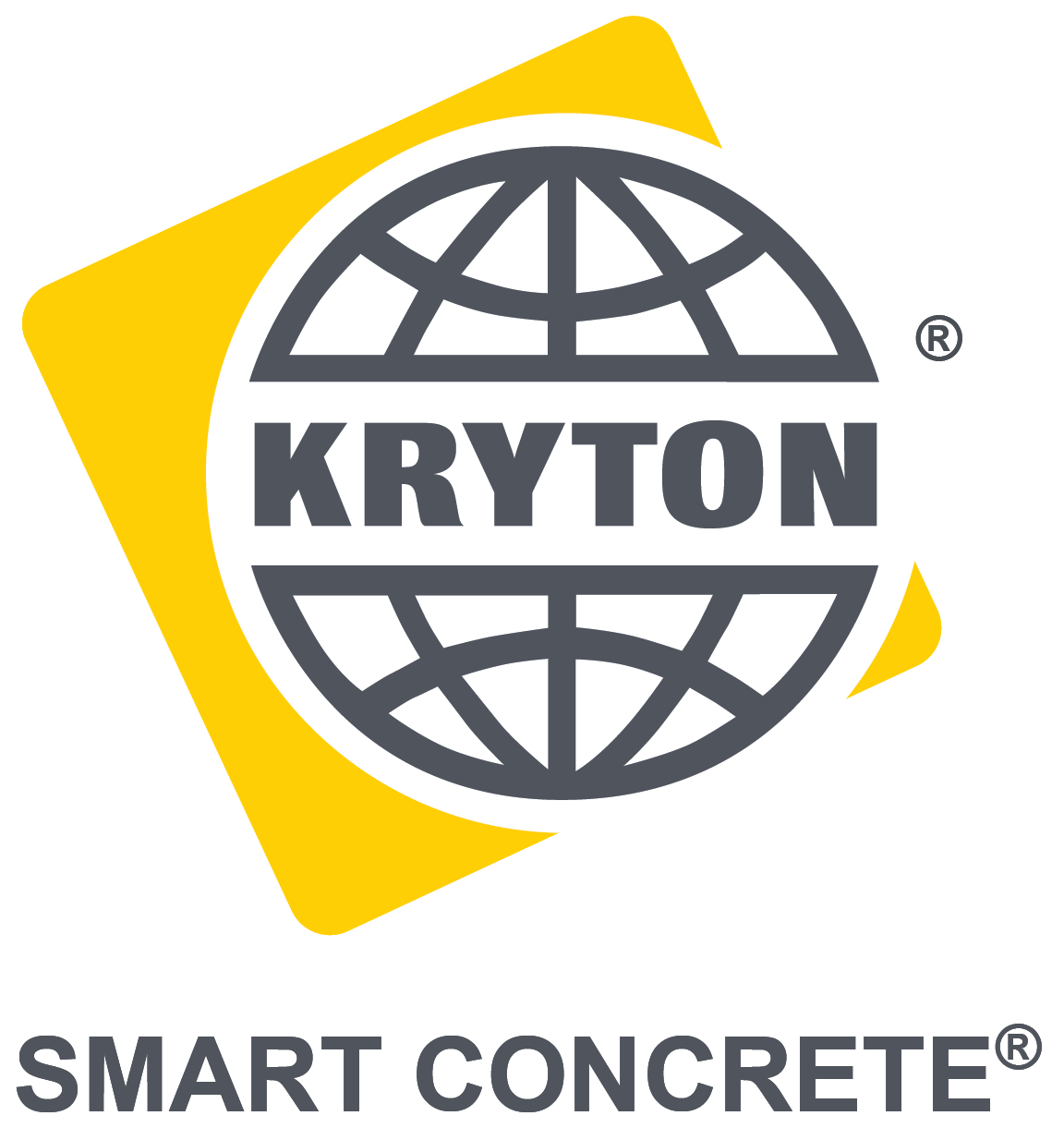Kryton-India uniquely prides itself in giving waterproofing solutions dedicated to Indian construction methodologies.
- We have passed Bureau of Indian Standards (BIS) and have gained their approval for KIM (Krystol Internal Membrane) at 0.8% by weight of cement
- We have had our product tested by independent labs, where the sample was prepared by the lab and tested at 0.8%
- Our Percentage has been defined for Indian specific conditions and practices whilst outperforming the alternative.
- You benefit as we have our own India based manufacturing unit along with its own technical lab fully supported by the international lab, which allows us to develop and supply customized solutions.
- Furthermore, our sales and technical team work with our clients to understand their actual requirement. Tests are conducted onsite starting at 0.8% and then increased if necessary until the level of impermeability is met.
- Moreover, our Clients benefit from our global experience when and if they wish to review performance characteristics in jurisdictions and markets outside India, which may differ from the Indian experience.
How Our Products Work
Kryton’s innovative range of concrete waterproofing products will help you build quality, reliability and cost-effectiveness directly into concrete. Kryton concrete waterproofing systems can solve all your concrete waterproofing needs, producing 100% waterproof concrete that is self-sealing and water-pressure-resistant from any direction, saving you potentially thousands in reduced labor costs and reduced maintenance costs, and leaving you with concrete that lasts far longer.
HOW OUR PRODUCTS WORK: The Science of Krystol Technology
Kryton’s line of concrete waterproofing products waterproof concrete using a unique and proprietary blend of Krystol chemicals.
When added or applied to concrete, Krystol chemicals create a reaction that causes long, narrow crystals to form, filling the pores, capillaries and hairline cracks of the concrete mass. As long as moisture remains present, crystals continue to grow throughout the concrete, reaching in depth of the section overtime lengths of many inches over time. Once the concrete has cured, the crystalline chemicals sit dormant until another dose of water (such as through a new crack) causes the chemical reaction to begin again. The ability to reactivate in the presence of water gives Krystol-treated concrete the ability to “self-seal”. When cracks form due to curing shrinkage, settling, seismic activity, etc., water entering through them causes new crystals to form and grow, blocking and filling the cracks. The most unique and effective feature is its ability to self-seal cracks, this can help to dramatically reduce the long-term maintenance and repair costs of a concrete structure.
Krystol is based on principles that are very similar to the processes that occur during the hydration and hardening of concrete. When cement particles are mixed with water, a chemical reaction occurs where the calcium silicates in cement combine with water to form new compounds. The new compounds are calcium silicate hydrate (CSH) and calcium hydroxide. The CSH forms as an amorphous microcrystalline structure, extending outward from the individual cement particles and eventually filling the space between them. The CSH crystal formation is the mechanism by which the concrete stiffens and gains strength. It is most dramatic in the first hours after the concrete is placed, but actually continues for weeks, months and even years into the life of the concrete.

Krystol treatments that have been applied to one side of a concrete wall have been observed to cause crystal growth to occur on the other side of several inches of “solid” concrete. The Krystol chemical is never used up during the crystallization process. As a catalyst, only a very small amount of Krystol is required to grow a very large quantity of crystals. Within the tight confines of the concrete, crystals can easily grow to fill and block the microscopic capillary pores and micro-cracks without using more than a small fraction of the available Krystol chemical. The remaining chemical lies dormant within the concrete waiting for a crack to develop that will provide the necessary space and water source to allow the crystallization process to continue.
Contact us here, to find out more about our individual product or systems.



 SMART CONCRETE®
SMART CONCRETE®